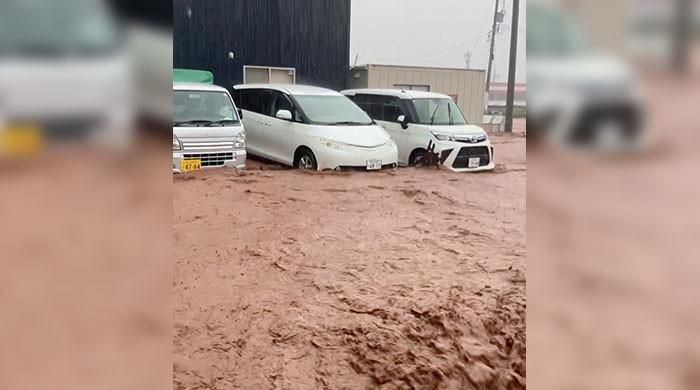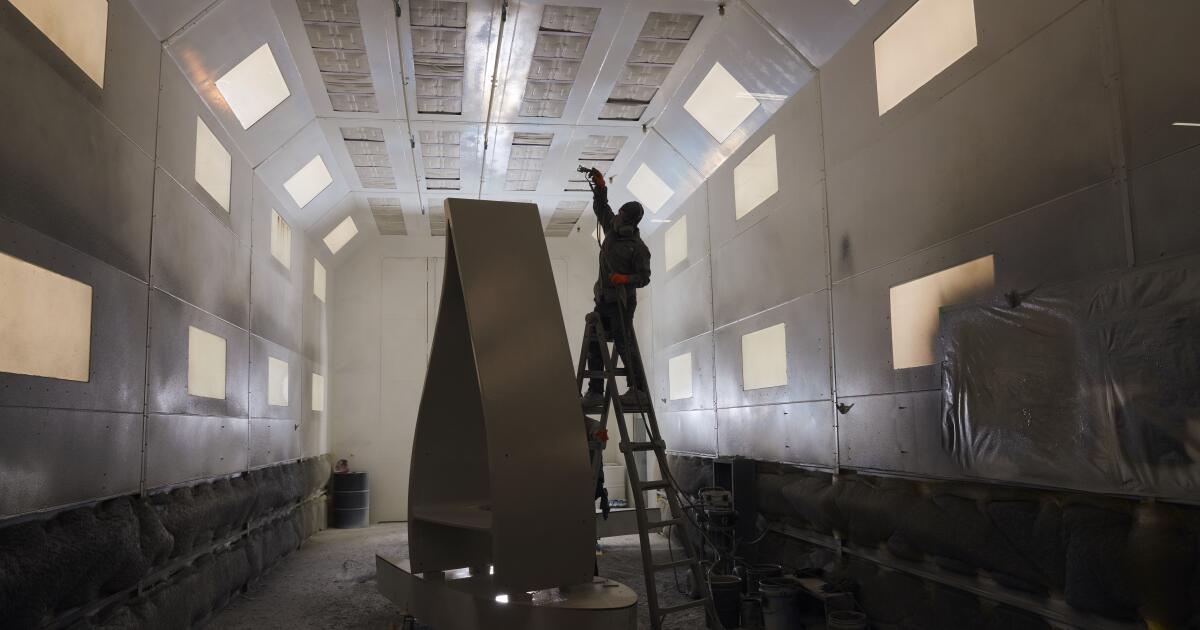TOKYO: Japanese authorities on Saturday issued evacuation orders for people in the earthquake-hit Ishikawa region after “unprecedented” rainfall triggered flooding and landslides in the area.
A dozen rivers in the region on the west coast of central Japan had burst their banks by 11 a.m., Land Ministry official Masaru Kojima said.
Three people have gone missing in Ishikawa, according to public radio NHK Two of them were reportedly swept away by the strong currents of the river.
Meanwhile, at least one person was missing further north in Wajima, and rescue teams were trying to confirm a report of another missing person, a local official said. AFP.
Many buildings were flooded and some roads were blocked by landslides, the Ishikawa government said in a statement. The cities of Wajima and Suzu, as well as the town of Noto, ordered the evacuation of some 44,700 residents, according to authorities.
The Japan Meteorological Agency (JMA) said it has issued its highest-level warning for Ishikawa, warning of a “life-threatening situation.”
Areas under warning were seeing “heavy rainfall of unprecedented levels,” JMA meteorologist Satoshi Sugimoto told reporters, adding: “It is a situation where safety must be guaranteed immediately.”
In the morning, more than 120 millimeters of rain per hour were recorded in Wajima, the heaviest rainfall since comparative data became available in 1929.
NHK footage showed an entire street submerged in Wajima.
Prime Minister Fumio Kishida ordered the government to “do everything possible in disaster management, with saving human lives as the first priority,” chief government spokesman Yoshimasa Hayashi told reporters.
Self-Defense Forces personnel have been sent to the Ishikawa region to join rescue workers, he said.
At least one house was hit by a landslide, the Fire and Disaster Management Agency said, without giving further details.
Another 16,700 residents in Niigata and Yamagata prefectures, north of Ishikawa, have also been ordered to evacuate, the agency said.
Some 6,600 households in the region were without power on Saturday afternoon and communication services were cut off for some people, operators said.
Wajima and Suzu on the Noto Peninsula in central Japan were among the areas hardest hit by a massive New Year's Day earthquake that killed at least 236 people.
The region is still recovering from the 7.5 magnitude earthquake that toppled buildings, ripped out roads and sparked a massive fire.
In recent years, parts of Japan have experienced unprecedented rainfall, with flooding and landslides sometimes causing casualties.
Scientists say man-made climate change is increasing the risk of heavy rains in the country and elsewhere because a warmer atmosphere holds more water.












